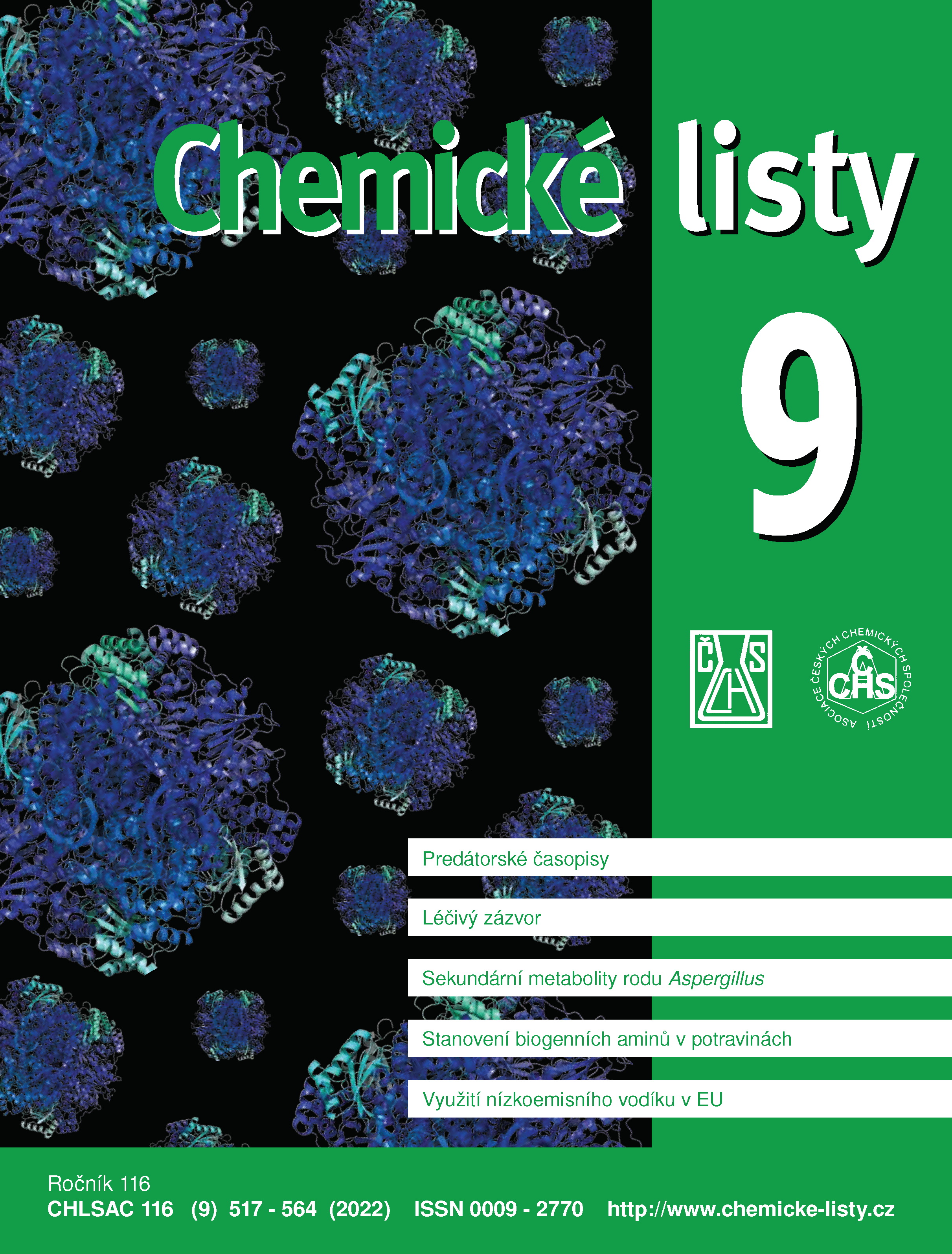Biokumulácia medi, železa a zinku u voľne žijúcich prežúvavcov v regióne stredného Gemera
DOI:
https://doi.org/10.54779/chl20220543Klíčová slova:
parenchymatózne orgány, sval, voľne žijúce prežúvavce, stopové prvkyAbstrakt
The aim of this study was to monitor trace metals (copper, iron and zinc) concentrations in parenchymatous organs and muscle tissue of red deer (n=23) and roe deer (n=25) that were hunted down in the middle Gemer region in south central Slovakia. Being expressed in mg kg–1 in all cases, these concentrations assumed the following values: mean renal copper concentration in red deer was 4.36, hepatic 19.65, muscle 1.96; renal iron concentration was 72.5, hepatic 131.9, muscle 45.09; mean zinc concentration in kidney was 27.77, in liver 30.22 and in muscle 29.58 , respectively. In roe deer, mean level of copper in kidney was 4.83, in the liver 26.4, in muscle tissue 2.1; mean concentration of iron in kidney was 66.69, in liver 122.83, in muscle tissue 49.07; mean concentration of zinc in kidney was 27.34, in liver 29.76, and in muscle tissue 24.37, respectively. Concentration of metals under study in different age groups showed that the values rose proportionally with age except for zinc concentration, where the highest Zn concentrations were detected in muscle of young animals. In other trace metal levels no significant differences were detected between age groups, males or females. Based on the given results, the Revuca district does not show itself as the most polluted region considering surveyed heavy metals, but nevertheless the presented results document that the presence of heavy metals in the tissues of game is still an interesting object for the next studies.





